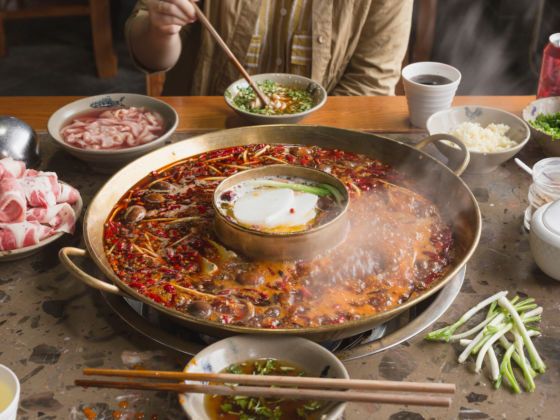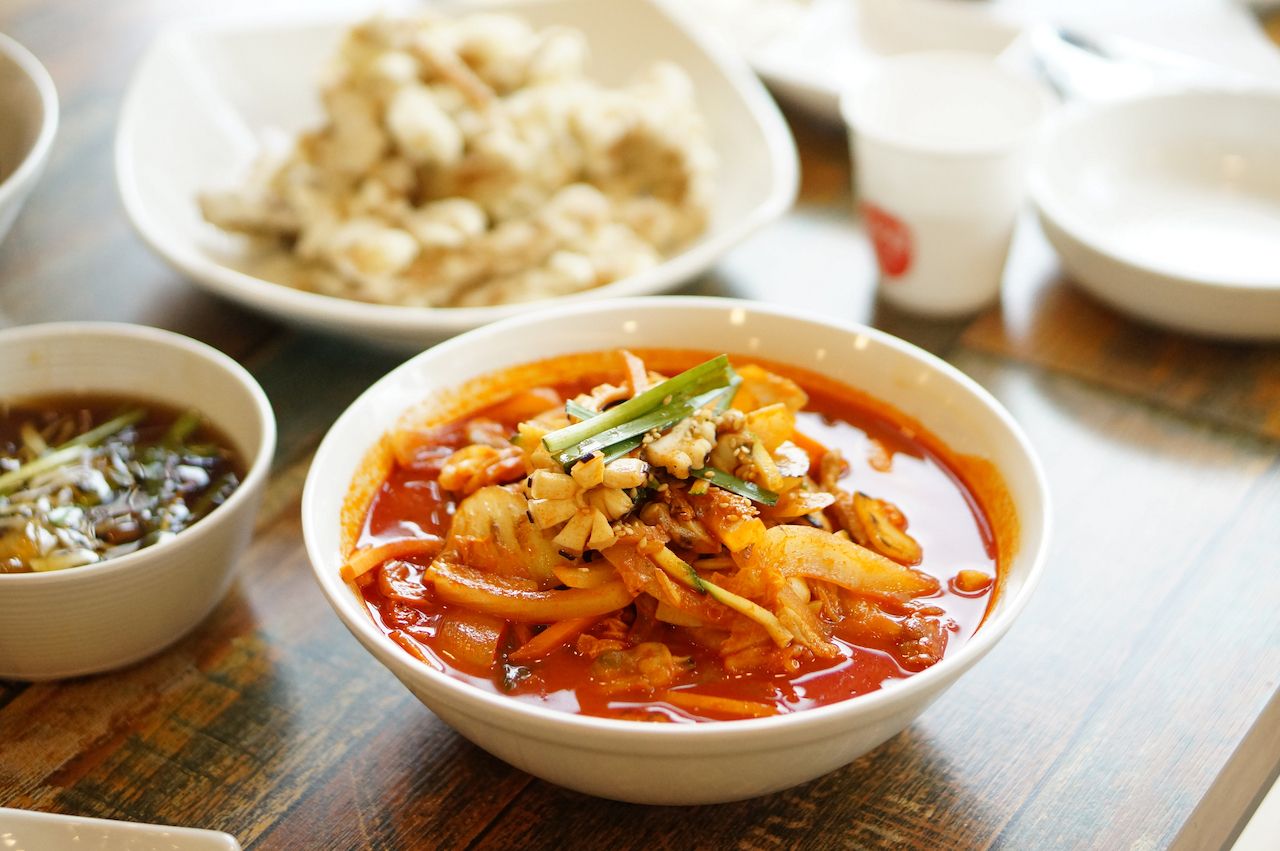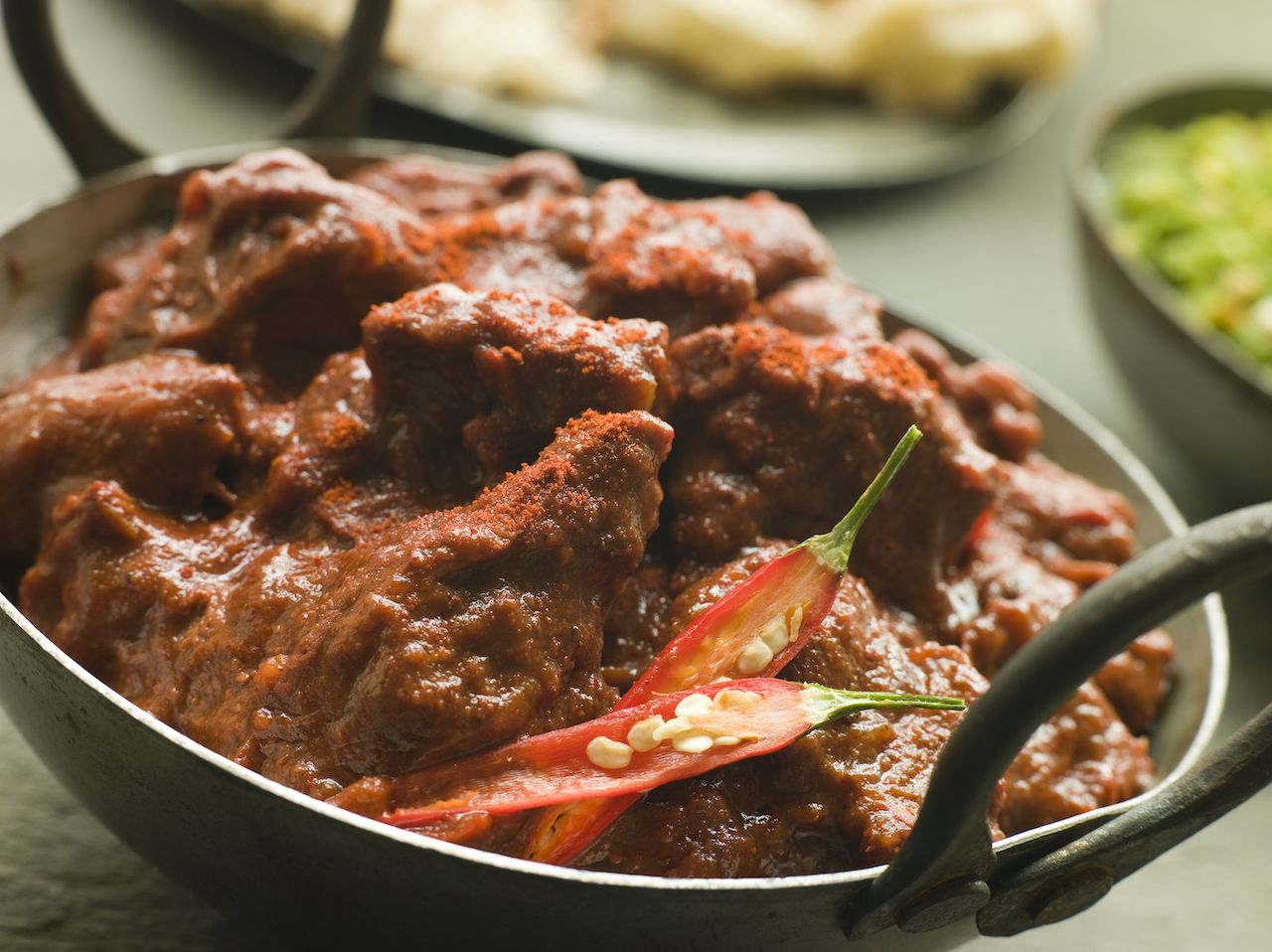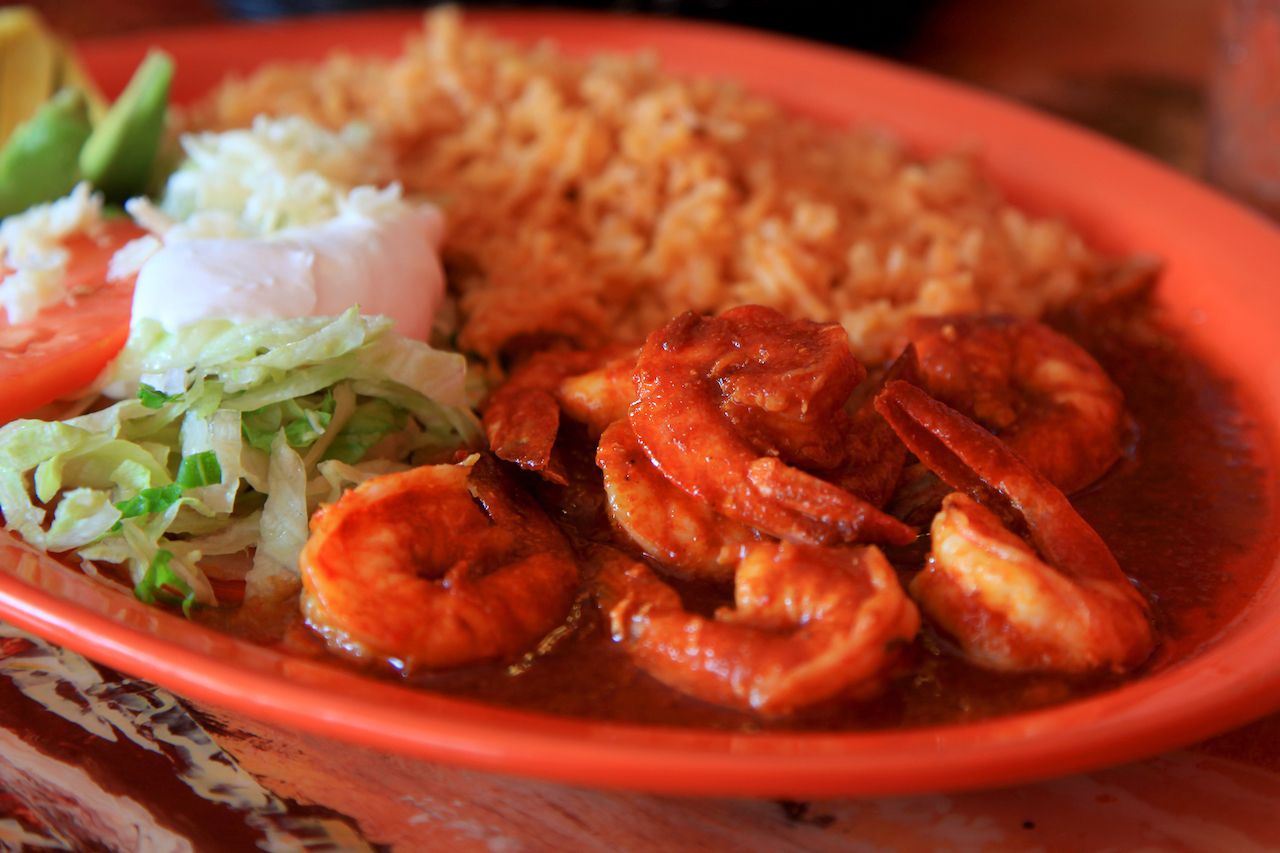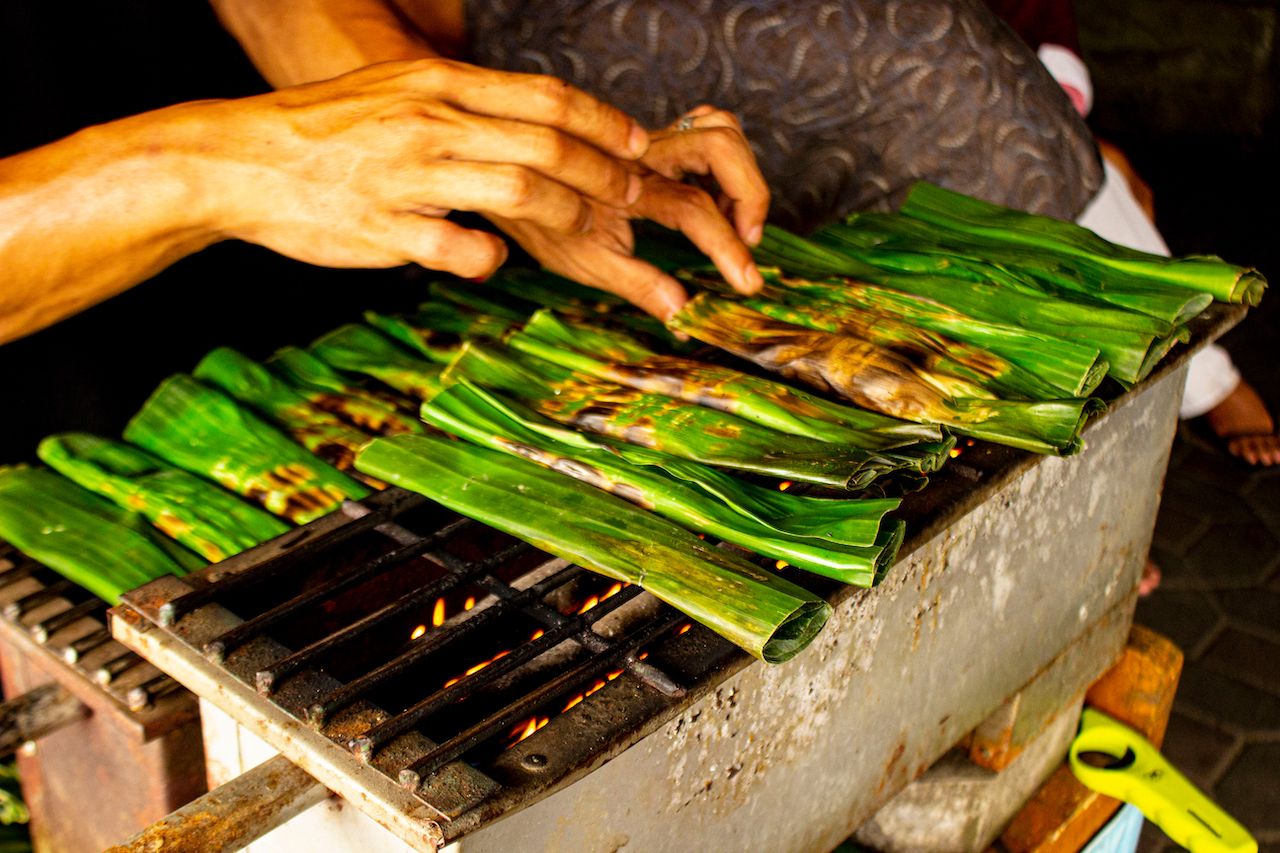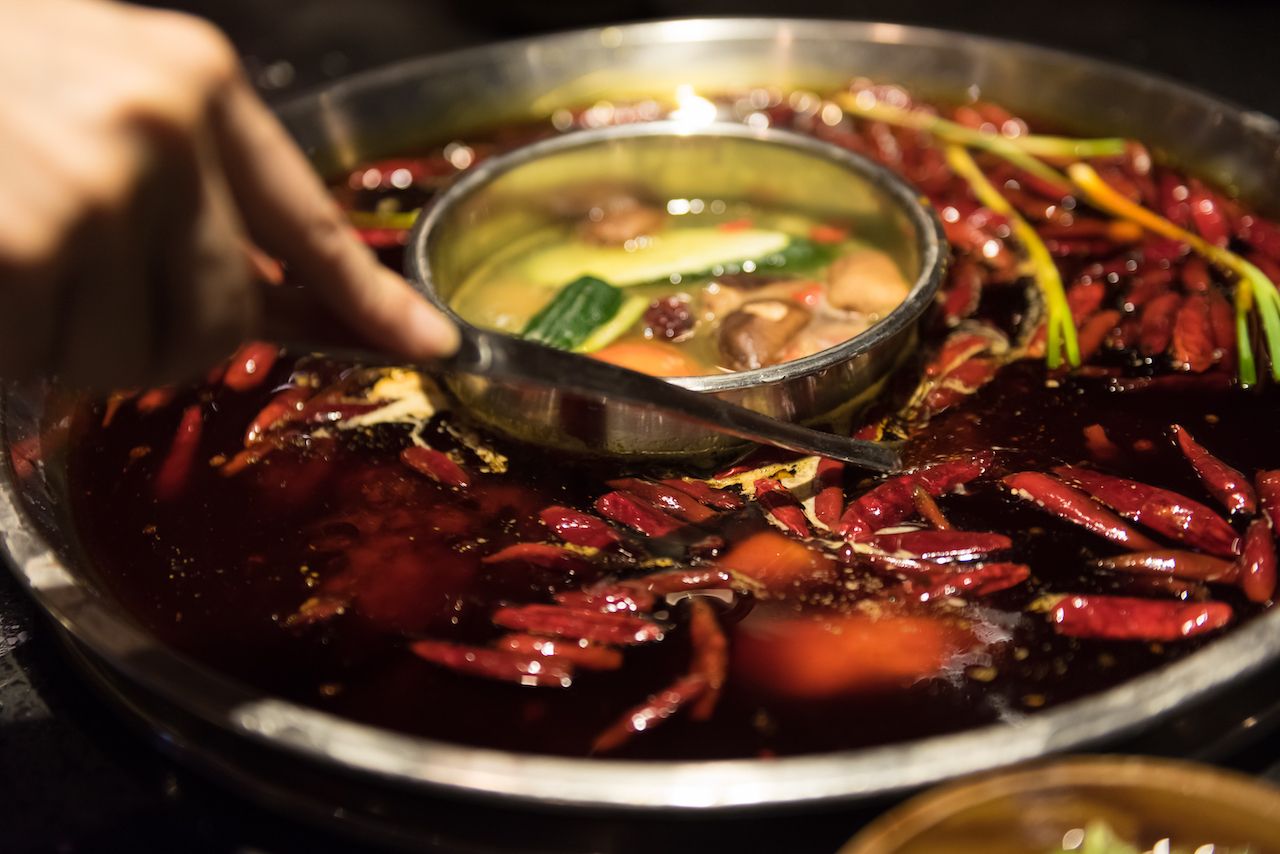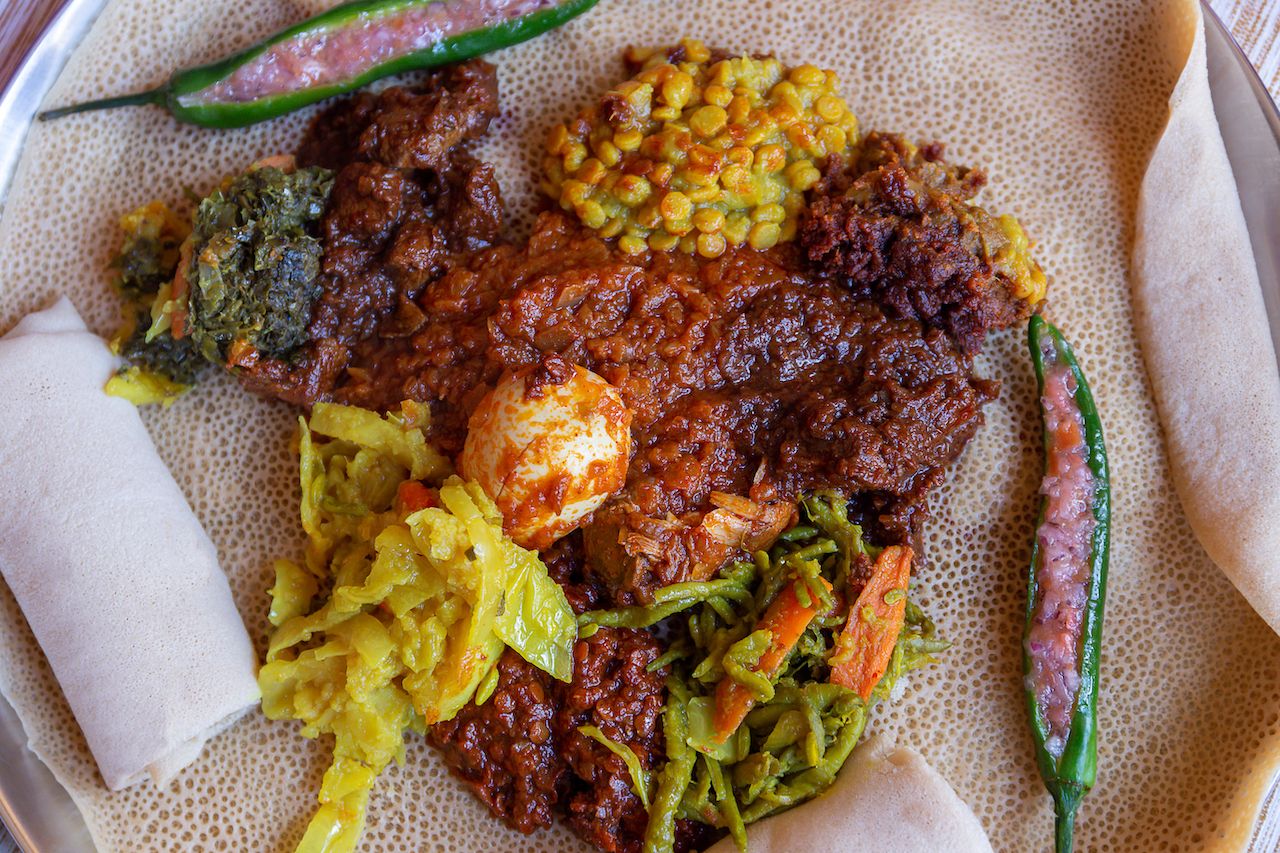A dash of spice on your favorite dish can burn your tongue and leave you begging for a glass of water. And yet we keep coming back to peppery hot dishes topped with chilies and spiced with cayenne — no matter how much sweating they cause. The suffering is worth it; even the spiciest dishes on the planet are rich and complex and in flavor, each one providing a tantalizing and unexpected eating experience.
People around the world relish spiciness, adding blistering heaps of seasoning to everything from stews to curries to seafood. From South America to Southeast Asia, spice rules beloved dishes. A soup made with fish bladders and potatoes doused in scorching cheese sauce are just the beginning. The heat can be hard to take, but worth it. Here are 10 of the spiciest dishes on the planet any chili devotee needs to try.
